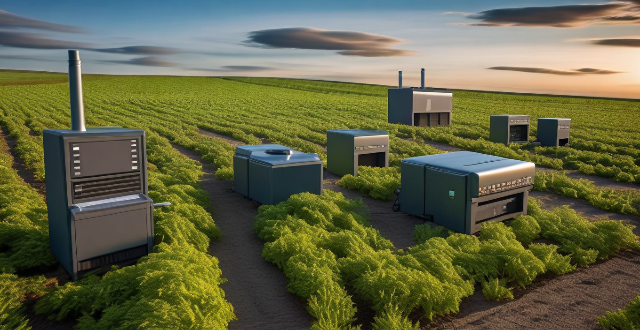The Huawei Nova series has evolved significantly in terms of hardware and software, showcasing advancements in processors, cameras, battery life, display technology, AI features, and security measures. Early models featured basic components and functionalities, while later iterations introduced powerful processors, high-resolution camera systems, larger batteries with fast charging, enhanced displays, advanced AI capabilities, and improved security features. These transformations highlight Huawei's commitment to integrating innovative technologies into its products, positioning the Nova series as a testament to the company's growth and adaptability in the competitive smartphone market.

Evolution of Huawei Nova Series: A Hardware and Software Perspective
The Huawei Nova series has undergone significant transformations over the years, both in terms of hardware and software. Let's delve into the details of these advancements.
Hardware Evolution
Processor
- Early Models (2016-2017): Initially, the Nova series featured HiSilicon Kirin chipsets like the Kirin 659, which offered decent performance for the time.
- Later Models (2018 onwards): With the release of newer models, more powerful processors were introduced, such as the Kirin 980 and 990, providing a substantial boost in processing speed and efficiency.
Camera
- Early Models: The initial Nova devices came with basic camera setups, often featuring dual rear cameras with moderate megapixel counts.
- Later Models: As photography became a focal point for smartphones, the Nova series saw significant improvements. For instance, the Huawei Nova 5T boasted a 48MP quad-camera system, showcasing the company's commitment to high-quality smartphone photography.
Battery and Charging
- Early Models: These phones typically had batteries around 3000mAh and supported standard charging speeds.
- Later Models: Newer iterations, like the Huawei Nova 7, featured larger batteries up to 4200mAh and supported faster charging technologies, significantly reducing charge times.
Display
- Early Models: Early Nova devices had HD or Full HD displays, suitable for their time but lacking in today's standards.
- Later Models: Newer models stepped up to AMOLED screens with higher resolutions and refresh rates, enhancing visual experiences for users.
Software Evolution
EMUI Versions
- Early Models: Ran on EMUI 5.1, based on Android Nougat or Oreo, offering basic customization and optimization features.
- Later Models: Upgraded to EMUI 10 or later, built upon Android Pie or higher, introducing enhanced user interface designs, improved system performance, and expanded customization options.
AI Features
- Early Models: Limited AI capabilities focused mainly on camera enhancements.
- Later Models: Incorporated more advanced AI features, such as AI image stabilization and scene recognition in cameras, and AI-based resource management for optimized device performance.
Security and Privacy
- Early Models: Offered basic security features including fingerprint and pattern locks.
- Later Models: Introduced more sophisticated biometric authentication methods like facial recognition and under-display fingerprint scanners, along with enhanced privacy settings and data protection measures.
Conclusion
The Huawei Nova series' progression illustrates Huawei's dedication to integrating cutting-edge technology into its products. From modest beginnings to becoming a powerhouse in the smartphone industry, the Nova series' evolution reflects Huawei's broader trajectory of innovation and adaptability in an ever-changing tech landscape.